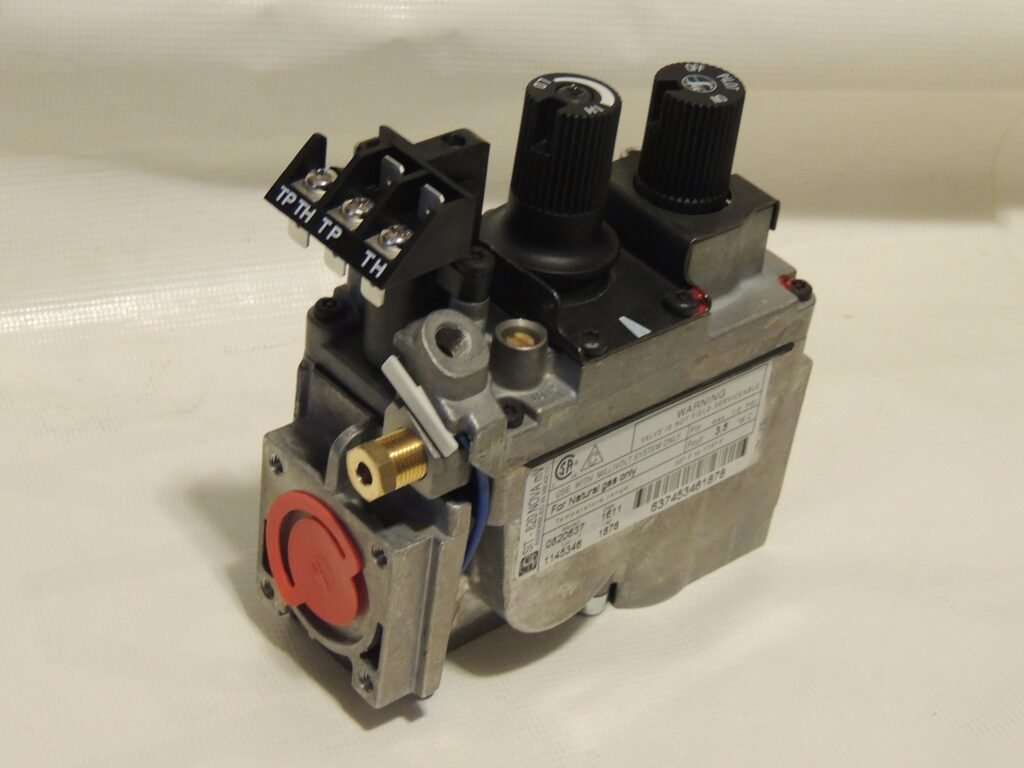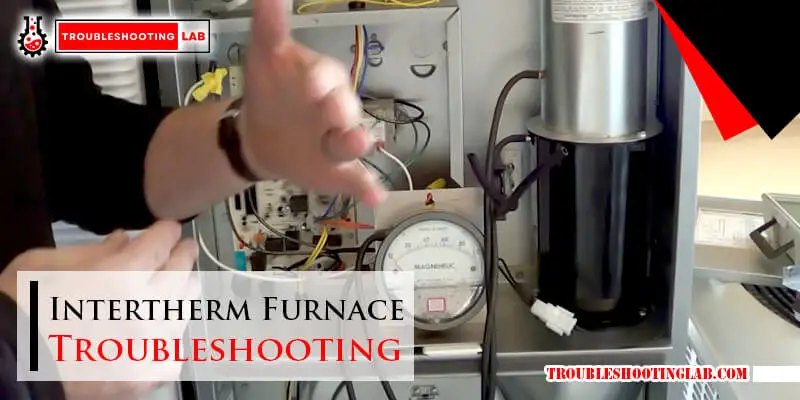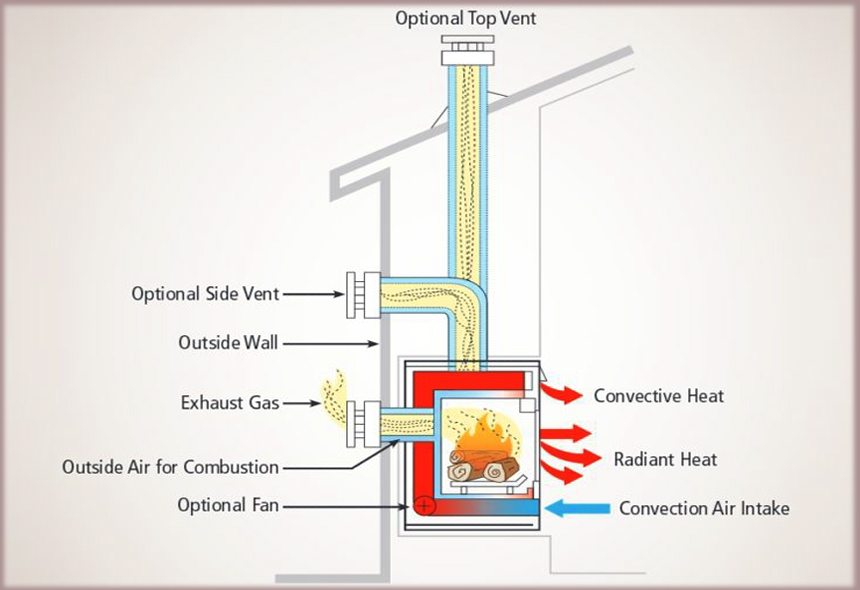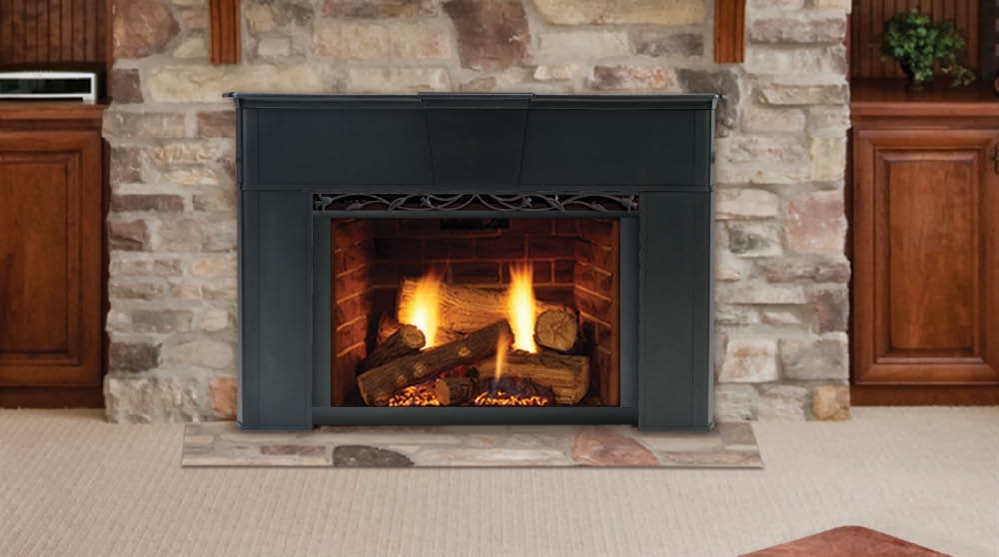Monessen Gas Fireplace Troubleshooting

Monessen Gas Fireplace Troubleshooting: A Guide to Efficiency and Savings
Gas fireplaces offer a blend of ambiance and supplemental heat, but a malfunctioning unit can quickly turn from a cozy feature into an energy drain. This guide provides homeowners and businesses with practical troubleshooting steps for Monessen gas fireplaces, focusing on efficiency, cost savings, and smart home integration.
Understanding Your Monessen Gas Fireplace System
Before diving into troubleshooting, it's crucial to understand the basics of your Monessen gas fireplace. Most models comprise a burner, pilot light (or electronic ignition), gas valve, thermopile (or thermocouple), and venting system. Some newer units also incorporate smart features like electronic ignition and remote control, offering enhanced convenience and energy management.
Key components to familiarize yourself with:
- Pilot Light (or Electronic Igniter): Responsible for igniting the main burner.
- Thermocouple/Thermopile: A safety device that senses the pilot light flame and allows the gas valve to stay open.
- Gas Valve: Controls the flow of gas to the burner.
- Burner: Where the gas is combusted to produce heat and flames.
- Venting System: Exhausts combustion byproducts safely outside.
- Smart Thermostat (Optional): Enables remote control and automated temperature adjustments.
Common Monessen Gas Fireplace Problems and Solutions
Here's a breakdown of common issues, potential causes, and troubleshooting steps:
1. Pilot Light Won't Stay Lit
Problem: The pilot light ignites but goes out when you release the control knob.
Possible Causes:
- Dirty Pilot Light Orifice: Debris can block the gas flow to the pilot, causing it to extinguish.
- Faulty Thermocouple/Thermopile: If the thermocouple isn't generating enough voltage, the gas valve won't stay open.
- Gas Valve Issues: A malfunctioning gas valve can prevent proper gas flow to the pilot.
- Drafts: Strong drafts can blow out the pilot light.
Troubleshooting Steps:
- Clean the Pilot Light Orifice: Carefully clean the orifice with a thin wire or compressed air. Ensure the gas supply is shut off before attempting this.
- Inspect the Thermocouple/Thermopile: Check for any visible damage. Use a multimeter to test its voltage output (refer to your Monessen manual for the correct voltage range). If the voltage is low, replace the thermocouple.
- Check for Drafts: Seal any drafts near the fireplace.
- Gas Valve Inspection: Contact a qualified HVAC technician to inspect and repair the gas valve. This is not a DIY task due to safety concerns.
2. Fireplace Won't Turn On
Problem: The pilot light is lit, but the main burner won't ignite.
Possible Causes:
- Faulty Gas Valve: The gas valve may not be opening to allow gas to flow to the burner.
- Blocked Burner Ports: Debris can clog the burner ports, preventing ignition.
- Ignition Problems (Electronic Ignition Models): A malfunctioning igniter can fail to spark the gas.
- Low Gas Pressure: Insufficient gas pressure can prevent the burner from igniting.
Troubleshooting Steps:
- Inspect the Burner Ports: Clean the burner ports with a brush or vacuum.
- Check the Gas Valve: Listen for a clicking sound when you turn on the fireplace. If you don't hear a click, the gas valve may be faulty. Contact a qualified technician.
- Test the Igniter (Electronic Ignition Models): Check for a spark at the igniter. If there's no spark, replace the igniter.
- Check Gas Pressure: A qualified technician can check the gas pressure to your fireplace.
3. Weak Flame or Yellow Flame
Problem: The flame is weak, yellow, or flickering erratically.
Possible Causes:
- Insufficient Airflow: Lack of oxygen can cause incomplete combustion, resulting in a weak, yellow flame.
- Dirty Burner: Debris on the burner can interfere with gas flow.
- Improper Gas Pressure: Incorrect gas pressure can affect the flame quality.
- Ventilation Issues: A blocked or restricted vent can disrupt airflow and combustion.
Troubleshooting Steps:
- Clean the Burner: Clean the burner surface to remove any debris.
- Check Air Vents: Ensure that air vents are not blocked.
- Inspect the Venting System: Check for any obstructions in the venting system. Contact a professional for chimney cleaning and inspection.
- Check Gas Pressure: A qualified technician can check the gas pressure.
4. Soot Buildup
Problem: Excessive soot accumulation around the fireplace or on the glass.
Possible Causes:
- Incomplete Combustion: Insufficient air or improper gas pressure can lead to incomplete combustion and soot formation.
- Ventilation Issues: A blocked or restricted vent can cause soot to accumulate.
- Fuel Contamination: Contaminants in the gas supply can contribute to soot buildup.
Troubleshooting Steps:
- Improve Airflow: Ensure adequate ventilation.
- Inspect the Venting System: Schedule a professional chimney inspection and cleaning.
- Check Gas Pressure: A qualified technician can check the gas pressure.
- Contact Your Gas Supplier: In rare cases, fuel contamination may be the cause. Contact your gas supplier to investigate.
5. Unusual Noises
Problem: Popping, hissing, or clicking noises coming from the fireplace.
Possible Causes:
- Gas Leaks: A hissing sound could indicate a gas leak.
- Thermal Expansion: Popping or cracking sounds can be caused by the expansion and contraction of metal components due to heat.
- Loose Components: Loose screws or other components can rattle and cause noise.
Troubleshooting Steps:
- Check for Gas Leaks: If you smell gas, immediately shut off the gas supply and evacuate the area. Contact your gas company or a qualified technician.
- Tighten Loose Components: Carefully inspect the fireplace for loose screws or other components and tighten them.
- Thermal Expansion: If the noises are due to thermal expansion, they are usually harmless.
Energy Efficiency Tips and Smart Home Integration
Beyond troubleshooting, optimizing your Monessen gas fireplace for energy efficiency can significantly reduce your energy bills:
- Install a Smart Thermostat: Integrate your gas fireplace with a smart thermostat like Nest or Ecobee. These thermostats learn your heating patterns and adjust the fireplace output accordingly, preventing energy waste. Energy Star certified smart thermostats can save up to 8% on heating costs annually, according to the EPA.
- Use Zone Heating: Instead of heating your entire home, use the gas fireplace to heat only the rooms you're using. This reduces the load on your central heating system and saves energy.
- Seal Drafts: Seal any air leaks around windows, doors, and the fireplace itself. This prevents heat loss and improves efficiency.
- Regular Maintenance: Schedule annual maintenance with a qualified HVAC technician to ensure your gas fireplace is operating efficiently and safely.
- Consider a High-Efficiency Model: If your current gas fireplace is old and inefficient, consider upgrading to a newer, high-efficiency model. Look for models with an Annual Fuel Utilization Efficiency (AFUE) rating of 80% or higher.
ROI and Energy Savings
Investing in energy-efficient upgrades for your Monessen gas fireplace offers a significant return on investment. For example, installing a smart thermostat can pay for itself within a year or two through energy savings. Upgrading to a high-efficiency model can save you hundreds of dollars annually on your gas bill. Furthermore, many utility companies offer rebates and incentives for energy-efficient appliances, further reducing your upfront costs.
Data from the U.S. Department of Energy shows that homeowners can save up to 30% on their energy bills by implementing energy-efficient practices and upgrading to high-efficiency appliances.
Safety First!
Gas fireplace repairs can be dangerous. If you are not comfortable performing any of these troubleshooting steps, contact a qualified HVAC technician. Never attempt to repair a gas fireplace without first shutting off the gas supply. Always follow the manufacturer's instructions and safety precautions.
Conclusion
By understanding the common problems associated with Monessen gas fireplaces and following the troubleshooting steps outlined in this guide, homeowners and businesses can maintain their units for optimal efficiency and savings. Combining regular maintenance with smart home integration and energy-efficient practices will ensure a comfortable and cost-effective heating solution for years to come. Remember to always prioritize safety and seek professional assistance when needed.










